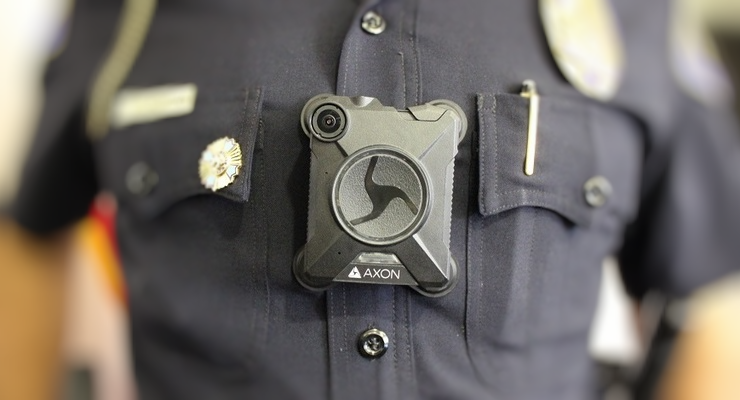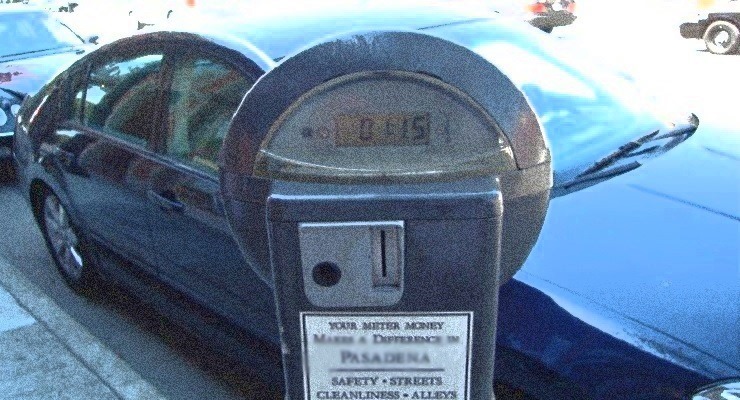
The Board of Directors of the Baseball Reliquary, Inc., a Southern California-based nonprofit organization dedicated to fostering an appreciation of American art and culture through the context of baseball history, is pleased to announce the seventeenth class of electees to the Shrine of the Eternals. The Shrine of the Eternals is the national organization’s equivalent to the Baseball Hall of Fame.
Sy Berger, Steve Bilko, and Glenn Burke were elected upon receiving the highest number of votes in balloting conducted during the month of April 2015 by the membership of the Baseball Reliquary. The three electees will be formally inducted into the Shrine of the Eternals in a public ceremony on Sunday, July 19, 2015 at the Donald R. Wright Auditorium in the Pasadena Central Library, Pasadena, California.
Of the fifty eligible candidates on the 2015 ballot, Sy Berger received the highest voting percentage, being named on 33% of the ballots returned. Following Berger were Steve Bilko with 31% and Glenn Burke with 31%. Runners-up in this year’s election included Bob Costas (30%), Bo Jackson (29%), J.R. Richard (29%), Lisa Fernandez (26%), and Charlie Finley (26%). Voting percentages for all fifty candidates appear at the end of this announcement.
Elected to the Shrine of the Eternals in his fifth year on the ballot, SY BERGER (1923-2014) reinvented the baseball card for the baby boom generation, and transformed it into a staple of baby boom culture. He was instrumental in turning an insignificant childhood diversion into an important, and highly profitable, facet of American culture. Born in the Bronx, just blocks from Yankee Stadium, Berger joined the Brooklyn-based Topps Chewing Gum Company as an assistant sales manager in 1947 and headed its sports department for half a century. During his tenure, he designed and oversaw the production of some of the most innovative and revered baseball cards of all-time. He is often called the “Father of the Modern Day Baseball Card” for his work on the 1952 Topps baseball set, which he designed (with help from Woody Gelman) on his kitchen table and which for the first time incorporated team logos along with facsimile signatures, statistics, and personal information on the players. This same format continues to the present day. That first series was issued with an initial run of 310 cards, followed later in the year by a supplementary series that ran the final card count to 407. This set included one of the most sought-after baseball cards of the era, Mickey Mantle’s first Topps card (#311), many of which were dumped into the Atlantic Ocean when leftover boxes were removed from the warehouse. Berger signed the players to contracts, arranged for photographs, and wrote copy for all the cards. He soon became the face of the Topps Company to ballplayers. In short time, Topps bubblegum production ceded pride of place to baseball card manufacturing as the juvenile mania for baseball cards grew. Berger would remain with Topps as an employee for fifty years (1947-1997), and would serve as vice-president, and then consultant and board member. He was still working as the company’s principle liaison between the players, teams, and leagues until his retirement in 2003.
Elected to the Shrine of the Eternals in his fourth year on the ballot, STEVE BILKO (1928-1978) was not a star in the big leagues. Over a peripatetic ten-year career, he was a regular for only one season (1953, with the Cardinals), and he appeared in more than 100 games only one other time (1961, with the expansion Angels). He could hit for power, but struck out too often. He had no speed. To explain the lingering mystique of this moon-faced, lumbering first baseman, we must look at the Pacific Coast League, with franchises located along the West Coast and featuring a prolonged weather-friendly playing season, competitive pennant races and playoffs, and a rabidly partisan fan base. When residents of Los Angeles, San Diego, Seattle, Sacramento, or other western cities thought of pro baseball, they thought of the PCL, not the far-distant American or National Leagues. The PCL produced great baseball until the Dodgers and Giants relocated to Los Angeles and San Francisco, respectively, in 1958, thus reducing the PCL to permanent minor-league status. In those waning years of PCL supremacy, Bilko was the slugging star for the Los Angeles Angels, who wowed fans with mammoth home runs and exceptionally fierce strikeouts. He led the PCL in home runs for three consecutive seasons from 1955 to 1957, winning the league Triple Crown in 1956 with a .360 average, 55 HRs, and 164 RBI. He was by far the biggest sports star in Los Angeles history prior to the arrival of the Dodgers. His pop culture profile was so huge that when comedian Phil Silvers needed a name for a character in his new television sitcom, he picked Bilko. Recognizing his popularity with local fans, the Dodgers added Bilko to their roster as a gate attraction for their inaugural campaign in Los Angeles. The Angels (the American League expansion team) did likewise in 1961, providing Bilko with a final chance to awe the fans at his old haunt, Los Angeles’s Wrigley Field. For those who saw him play in the PCL, he will always be remembered as a superstar. That his glory years coincided with the demise of a much-loved league adds a last wistful touch to his legend.
Elected to the Shrine of the Eternals in his eighth year on the ballot, GLENN BURKE (1952-1995) was a fleet, capable outfielder for the Los Angeles Dodgers and Oakland Athletics during a four-year major league career from 1976 through 1979. He was the first big league ballplayer to publicly acknowledge he was gay. Although his public disclosure came after he had retired, Burke’s sexual preference was well known during his playing days, and he encountered widespread homophobia from locker rooms to board rooms. In his 1995 autobiography, Out at Home: The Glenn Burke Story, he revealed that Dodgers’ management, in an attempt to conceal his homosexuality, offered to pay for Burke’s honeymoon if he would agree to marry a woman. While never given an everyday opportunity with the Dodgers to show his mettle, Burke did make one lasting contribution to popular culture while with the team. After Dusty Baker’s 30th home run at the end of the 1977 season—a feat which made the Dodgers the only team at that time to have four different players hit 30 or more taters—Burke raised his hands in celebration at home plate. As Baker crossed the plate he reached up, slapped one, and the high-five was born. Having appeared in just over 100 games for Los Angeles during parts of three seasons, Burke was sent packing to Oakland. Returning to his hometown didn’t make Burke’s life any easier. A’s manager Billy Martin made public statements about not wanting a homosexual in his clubhouse, a clear reference to Burke. After just two years with the A’s, Burke quit baseball in frustration. He became active in amateur athletic competition after baseball, competing in the 1982 and 1986 Gay Games in basketball and track. Burke’s life then went into a tailspin. Cocaine addiction and an accident that crushed his leg and foot led to years of physical misery, bouts with the law, and homelessness. He died of complications from AIDS-related illness in 1995. A documentary, Out: The Glenn Burke Story, was released in 2010. “They can’t ever say now that a gay man can’t play in the majors,” Burke stated, “because I’m a gay man and I made it.”
Sy Berger, Steve Bilko, and Glenn Burke will join 48 other baseball luminaries who have been inducted into the Shrine of the Eternals since elections began in 1999, including, in alphabetical order, Jim Abbott, Dick Allen, Roger Angell, Emmett Ashford, Moe Berg, Yogi Berra, Ila Borders, Jim Bouton, Jim Brosnan, Bill Buckner, Roberto Clemente, Steve Dalkowski, Dizzy Dean, Rod Dedeaux, Jim Eisenreich, Dock Ellis, Eddie Feigner, Mark Fidrych, Curt Flood, Ted Giannoulas, Josh Gibson, Jim “Mudcat” Grant, Pete Gray, William “Dummy” Hoy, Shoeless Joe Jackson, Bill James, Dr. Frank Jobe, Bill “Spaceman” Lee, Roger Maris, Marvin Miller, Minnie Minoso, Manny Mota, Lefty O’Doul, Buck O’Neil, Satchel Paige, Jimmy Piersall, Pam Postema, Jackie Robinson, Rachel Robinson, Lester Rodney, Pete Rose, Casey Stengel, Luis Tiant, Fernando Valenzuela, Bill Veeck, Jr., Maury Wills, Kenichi Zenimura, and Don Zimmer.
The Shrine of The Eternals: 2015 Voting Percentages
(Rounded off to nearest percentage point)
Sy Berger – 33%
Steve Bilko – 31%
Glenn Burke – 31%
Bob Costas – 30%
Bo Jackson – 29%
J.R. Richard – 29%
Lisa Fernandez – 26%
Charlie Finley – 26%
Effa Manley – 25%
Charlie Brown – 24%
Rocky Colavito – 21%
Rube Foster – 21%
Ernie Harwell – 21%
Denny McLain – 21%
Vic Power – 20%
Rusty Staub – 20%
Charles M. Conlon – 19%
Luke Easter – 19%
Nancy Faust – 19%
Mamie Johnson – 19%
Rube Waddell – 19%
John Young – 19%
Dr. Mike Marshall – 18%
Hideo Nomo – 18%
Dave Parker – 18%
Chet Brewer – 17%
Annie Savoy – 17%
Bert Campaneris – 16%
Octavius V. Catto – 15%
Fred Merkle – 15%
Daniel Okrent – 15%
Dan Quisenberry – 15%
Peter Reiser – 15%
John Montgomery Ward – 15%
Phil Pote – 14%
Charley Pride – 14%
Jose Canseco – 13%
Joe Pepitone – 13%
Margaret Donahue – 12%
Chris Von der Ahe – 11%
Eliot Asinof – 10%
Tug McGraw – 10%
David N. Mullany – 10%
Masaoka Shiki – 9%
Peter Seitz – 7%
Jim Paul – 5%
Jorge Pasquel – 4%
Gale Wade – 4%
Ray Oyler – 3%
Billy Earle – 1%














 0 comments
0 comments


